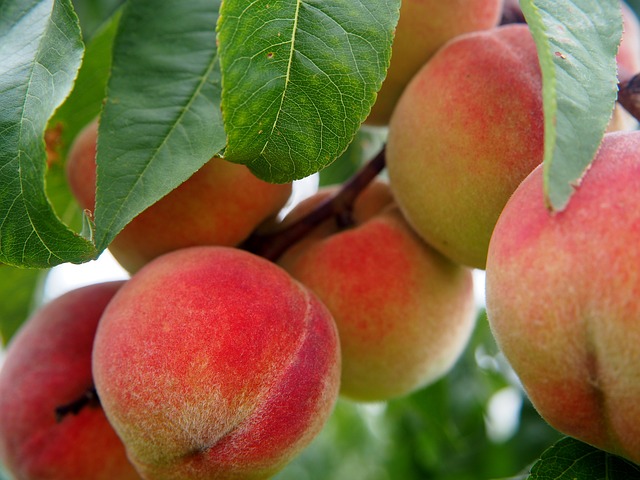Introduction
Protein synthesis, the process by which cells produce proteins, is a fundamental biological process that is crucial for the growth, development, and functioning of living organisms. However, the process of protein synthesis differs between prokaryotes and eukaryotes, the two main types of cells that exist in the living world. In this article, we will explore the reasons behind these differences and understand how they contribute to the unique characteristics of prokaryotic and eukaryotic protein synthesis.
Differences in Transcription
Prokaryotes: In prokaryotes, which include bacteria and archaea, transcription and translation occur simultaneously. The prokaryotic DNA is not enclosed within a nucleus, and the ribosomes responsible for protein synthesis are free-floating in the cytoplasm. The process of transcription in prokaryotes is relatively simple, with the RNA polymerase directly binding to the DNA and synthesizing the mRNA molecule.
Eukaryotes: Eukaryotes, on the other hand, have their DNA enclosed within a nucleus, requiring a more complex process for transcription. In eukaryotic cells, transcription occurs in the nucleus, where the DNA is transcribed into a pre-mRNA molecule. This pre-mRNA undergoes several modifications, including the removal of introns and addition of a 5′ cap and a poly-A tail, before it is transported out of the nucleus into the cytoplasm for translation.
Differences in Translation
Prokaryotes: Prokaryotic translation occurs directly after transcription, as the mRNA molecule is being synthesized. The ribosomes bind to the mRNA as it is being transcribed, allowing for simultaneous transcription and translation. This process enables prokaryotes to rapidly produce proteins in response to environmental changes.
Eukaryotes: In eukaryotes, translation occurs in the cytoplasm and is separated from transcription. The mRNA molecule, after being processed in the nucleus, is transported to the cytoplasm, where it associates with ribosomes for translation. This separation of transcription and translation allows for additional regulation and control over gene expression in eukaryotic cells.
Post-Translational Modifications
Prokaryotes: Prokaryotes generally do not undergo extensive post-translational modifications. Once the protein is synthesized, it can immediately carry out its function. However, some prokaryotic proteins may undergo limited modifications, such as the addition of small chemical groups.
Eukaryotes: Eukaryotes, on the other hand, undergo extensive post-translational modifications. After translation, the protein may undergo folding, phosphorylation, glycosylation, acetylation, or other modifications to achieve its functional form. These modifications play a crucial role in protein stability, localization, and activity, allowing for a greater diversity of protein functions in eukaryotic cells.
Conclusion
In conclusion, protein synthesis differs between prokaryotes and eukaryotes due to the structural and functional differences between these two types of cells. Prokaryotes have a simpler and more streamlined process, with simultaneous transcription and translation, allowing for rapid protein production. Eukaryotes, on the other hand, have a more complex process, with transcription and translation occurring separately, enabling additional regulation and control over gene expression. Furthermore, eukaryotes undergo extensive post-translational modifications, contributing to the diversity of protein functions in these organisms.
References
– Alberts, B., Johnson, A., Lewis, J., Raff, M., Roberts, K., & Walter, P. (2002). Molecular Biology of the Cell. Garland Science.
– Lodish, H., Berk, A., Zipursky, S. L., Matsudaira, P., Baltimore, D., & Darnell, J. (2000). Molecular Cell Biology. W. H. Freeman and Company.













